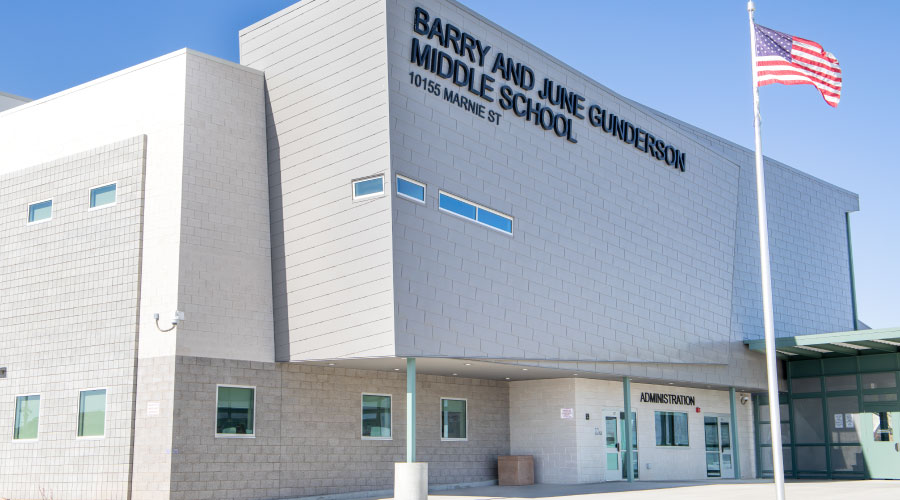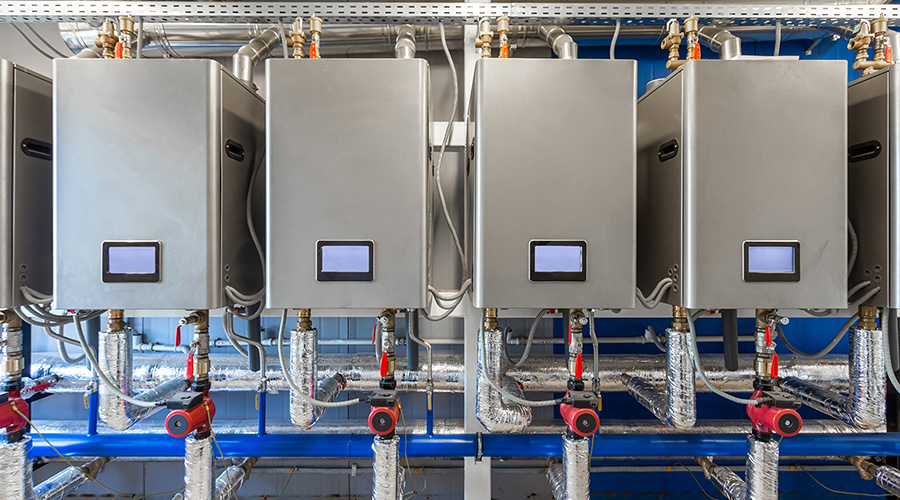Managers Must Prepare for HVAC Emergencies
It is 4 a.m., and the phone rings. The building's boiler has failed, and it is 20 degrees outside. Technicians will not be able to repair the failure in a few hours. It will be days or weeks until repairs are complete or a new boiler is in service, assuming one is available for installation and delivery. Now what?
Many organizations have emergency-preparedness plans designed to keep an organization functioning, but few have a plan for dealing with HVAC equipment failure, when interruptions to business operations, reduced productivity, and damage to buildings and contents can result in losses of thousands of dollars.
Institutional and commercial facilities depend on reliable HVAC system operation, so preparing for HVAC emergencies must be part of the organization's emergency-preparedness plan. Having such a plan in place would have quickly resolved the system failure that generated the 4 a.m. phone call. It would have limited system downtime to just a few hours, minimized disruptions to building occupants and operations, and eliminated almost entirely the risk of damage to the building and its systems.
But without such a plan, maintenance and engineering managers and front-line technicians have to scramble to get equipment operating again, even if it means taking steps that are more costly or they might have to redo later.
Boiler failures are not the only event an emergency-preparedness plan needs to address. Central chillers can fail. Individual-area HVAC systems can fail. Temporary changes in the way occupants use a building can create conditions where the existing HVAC system no longer can meet the needs of the application. So to be comprehensive, the plan also must address those issues.
Related Topics:
















